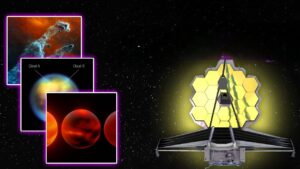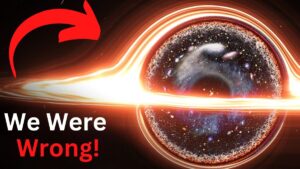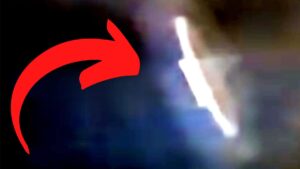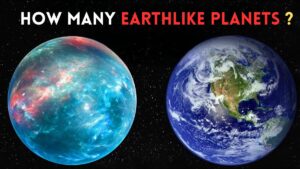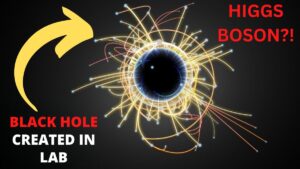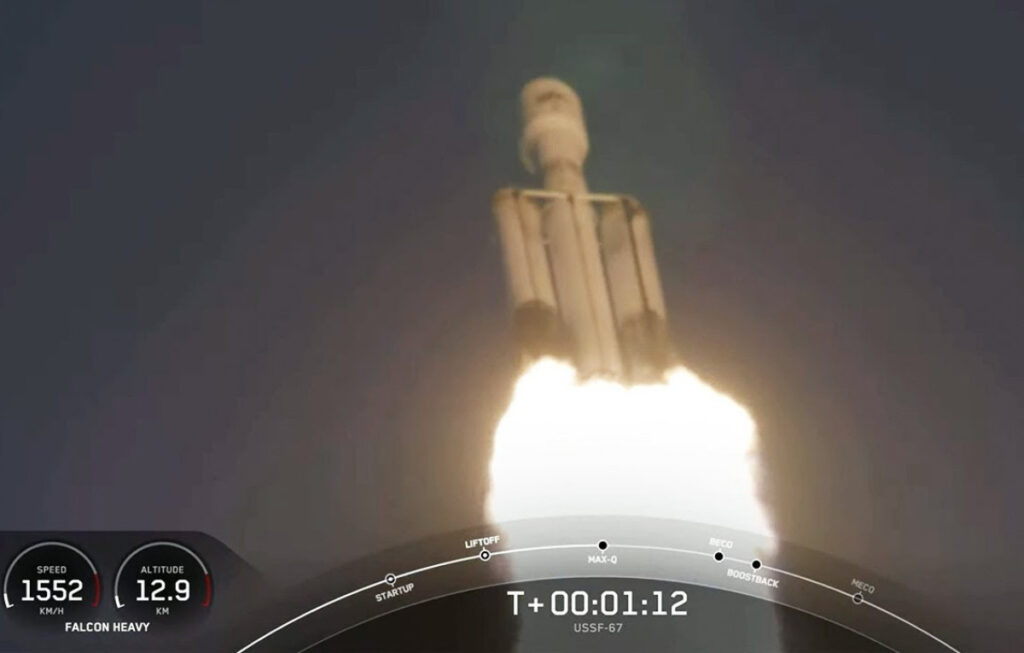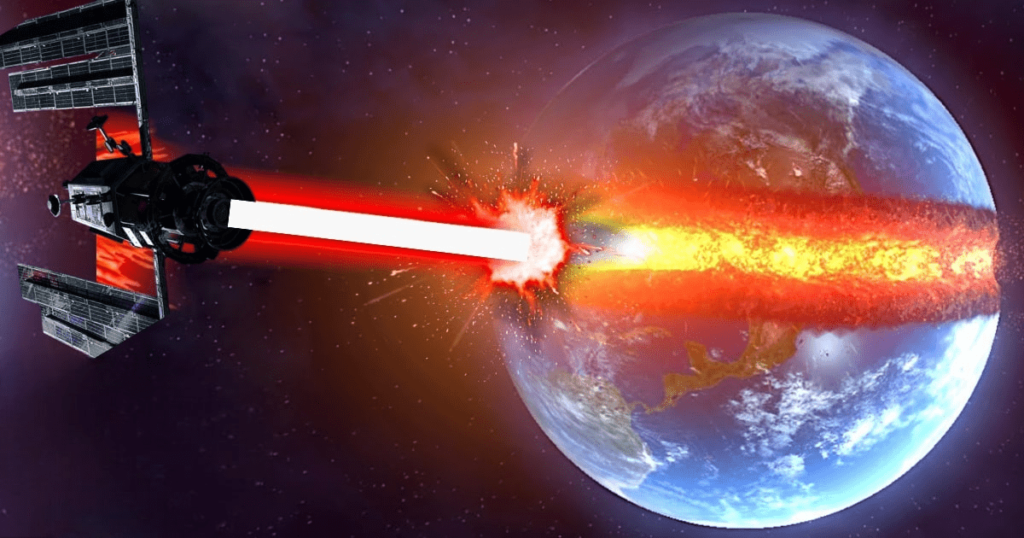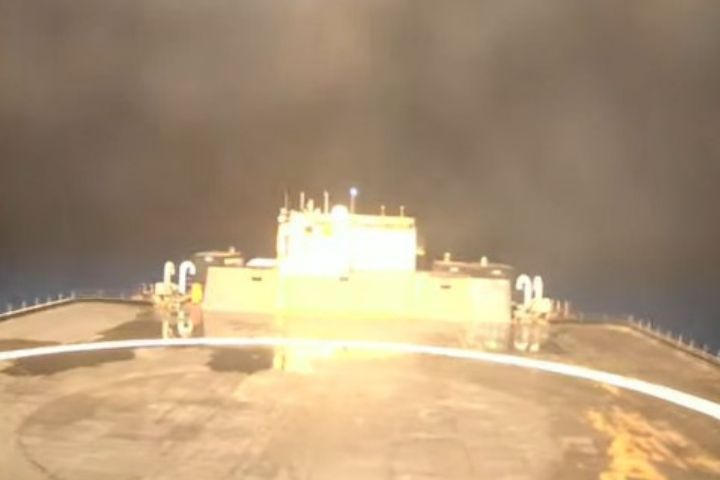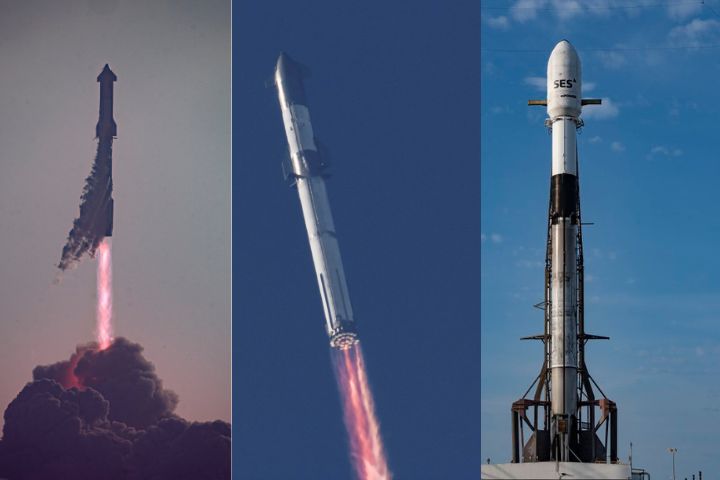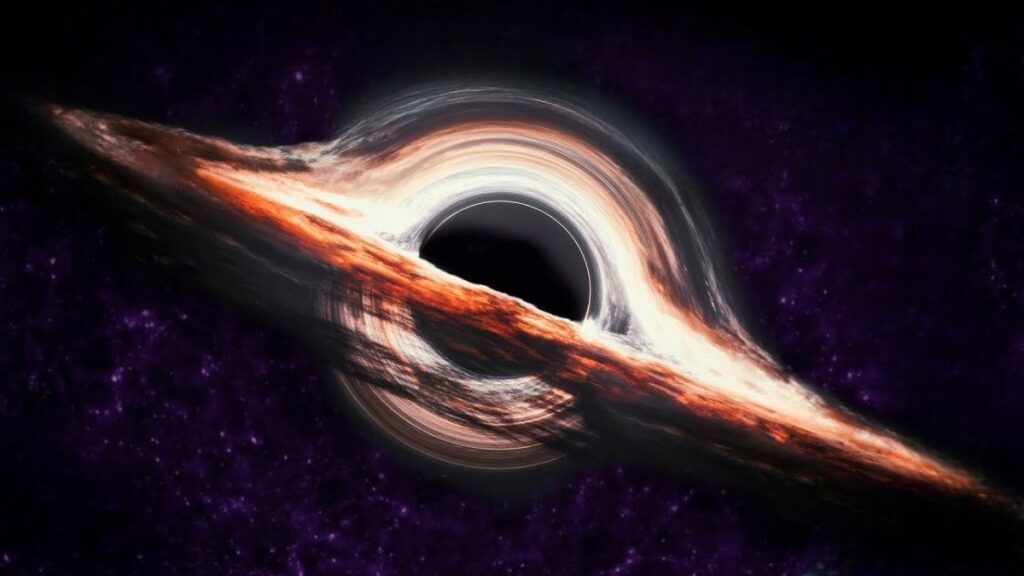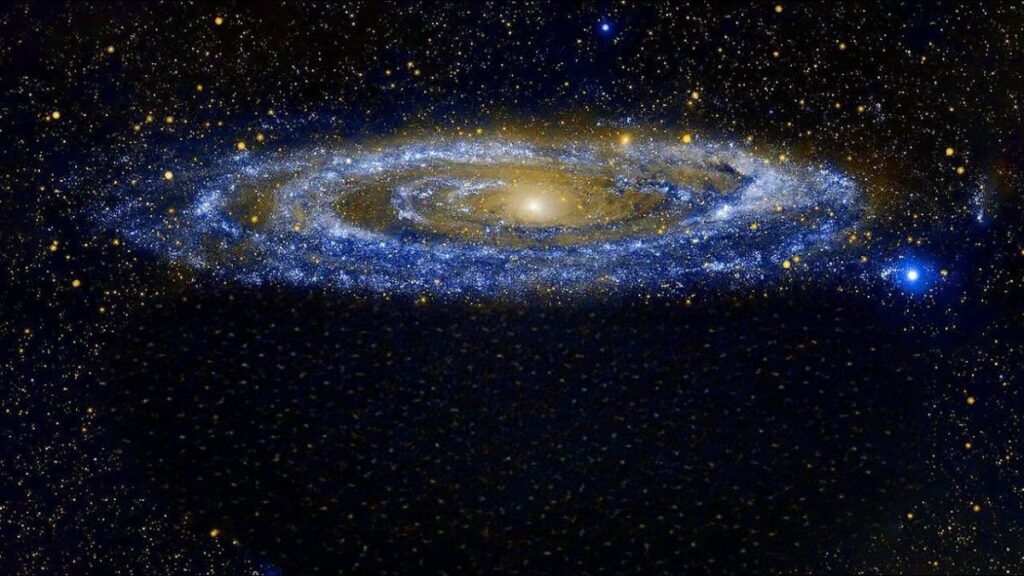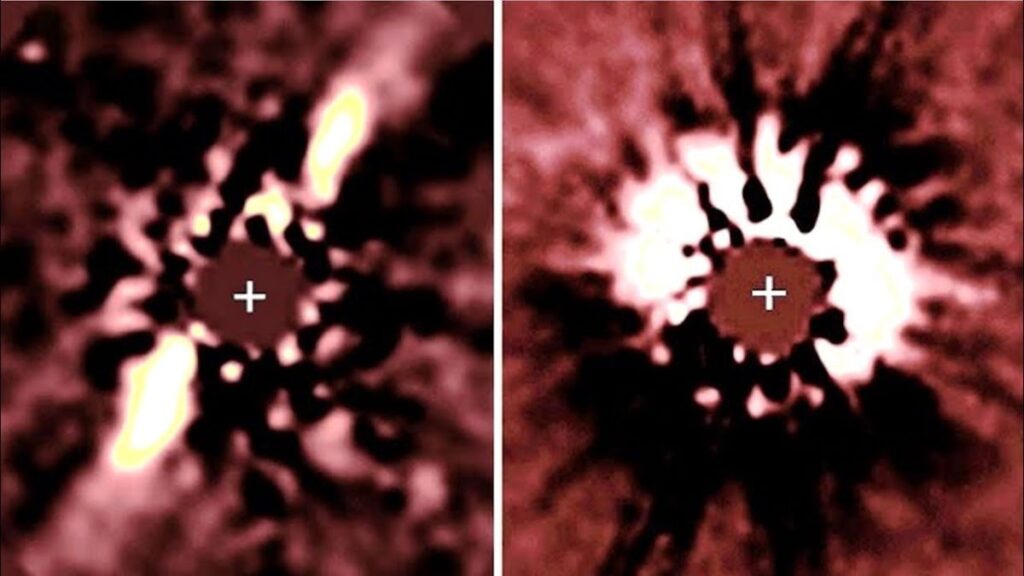
Have you ever considered the possibility that the earth is not the only intelligent planet in the universe?
Even though that may not seem like too much of a threat, what if there were duplicates all over the place, like the universe?
Although the hypothesis was supported by one of science’s brightest minds, the late professor Stephen Hawking, this means a form acting just like you. Although this sounds unsettling,
He worked on the multiverse theory, which tries to figure out why you might not know you have clones.
Although professor Stephen Hawking passed away prior to the launch of the James Webb Space Telescope, many hours of the new instrument will be devoted to putting some of his theories to the test.
The multiverse theory, in which he argued that an exact replica of you exists in a parallel reality, is the last of these hypotheses that Hawking worked on before his death.
Stephen Hawking’s multiverse theory, which many scientists opposed, has already been supported by the JWST.
What is the multiverse theory of Stephen Hawking?
How does it impact your life?
How does the theory get supported by the James Webb Space Telescope?
Let’s get started.
The idea that there could be copies of you implies that almost everything you know could also be copied.
A copy of this planet or star in the nearby planet group or the whole smooth way universe, for instance, can be replicated somewhere else, yet your PC or reach wanderer may likewise have copies.
How many copies might there be in the universe, and who is making them all?
Are they forged?
The historical context for the question of whether humans are the only beings in the universe can be found here.
According to a statement made by Bill Watterson, “sometimes I think the surest sign that intelligent life exists elsewhere in the universe is that none of it has tried to contact us.”
That is, of course, a brilliant and sarcastic response based on human nature rather than cosmic fact; however, in all seriousness, the issue has bothered humans for as long as we have been conscious, as Michael J. Crowe, author of “the extraterrestrial life argument, 1750-1900,” claims.
The professor’s final published work, titled “a smooth exit from eternal inflation?,” was submitted for publication just 10 days before his death in the multiverse theory, making it notable.
“, which he co-authored with physicist Thomas Hertog of the Catholic University of Leuven in Belgium.
Hawking proposed a theory for how the universe came to be that could answer some unanswered questions.
The paper was a final examination of one of his early theories, despite being his final project.
In point of fact, the researchers who developed the JWST will almost certainly be eligible for a Nobel Prize if it proves that the multiverse exists at some point; However, hawking would not be eligible for a Nobel Prize because they cannot be given out after death.
What exactly is the multiverse theory?
What was the late physicist’s viewpoint on it?
According to the multiverse theory, our universe is not the only one, with hundreds of billions of galaxies and virtually innumerable stars spread out over tens of billions of light years. rather, it’s possible that there is yet another world out of ours, as well as many others; In fact, this mind-boggling theory suggests an infinite number of universes, each with its own collection of stars and galaxies, physics, and possibly even intelligent civilizations.
Thus, in essence, our universe may be a component of the multiverse, a much larger and more numerous universe.
Because the multiverse implies the existence of doppelgängers or replicas, some will argue that it is scarier.
Because there are an infinite number of universes but only a finite number of ways to arrange particles in each universe, the same patterns will eventually repeat. This means that at some incredible distance, there will be an exact copy of you watching this video and an infinite number of these exact scenarios will all be taking place simultaneously.
The inflation theory is the most well-known example of the multiverse idea, which can be found in a variety of physics and philosophy fields.
A hypothetical event that occurred when our universe was only a fraction of a second old is depicted in inflation theory.
In that short amount of time, the universe expanded rapidly to a size several orders of magnitude larger than its previous size.
Although inflation does not end everywhere at the same time, it is thought to have ended around 14 billion years ago in our universe.
It is anticipated that inflation will continue in some areas and slow in others.
Therefore, despite the fact that inflation has ended in our universe, it is likely to have continued and is currently continuing in much more distant locations.
Universes can pinch off from larger universes that are expanding and inflating, resulting in an infinite sea of eternal inflation filled with numerous distinct realms.
The physical rules, collection of particles, force organization, and fundamental constant values that each universe would inherit from this ever-increasing inflation scenario would all be unique to that universe.
Dark matter and the cosmological constant are two examples of phenomena that fundamental physics makes difficult to explain, but this could help explain why our universe has certain characteristics.
The most convincing evidence for the multiverse, according to some scientists, is the emergence of intelligent species that are able to observe the cosmos.
When viewed from this vantage point, certain aspects of our universe appear distinct and essential for supporting life, such as the longevity of stars, the abundance of carbon, the availability of light for photosynthesis, and the stability of complex nuclei.
However, it is highly unlikely that a random universe would contain all of these characteristics.
The multiverse explains how our universe gets all of these different benefits: We perceive this universe because it is capable of supporting complex life, despite the existence of other universes.
However, Hertog claims that hawking asked Hertog to join him in an effort to tame the universe because he was dissatisfied with this level of comprehension of the multiverse.
The couple then began working on a method for converting the idea of a multiverse into a scientific framework that could be tested.
A model for comprehending the world that would limit the multiverse and permit meaningful engagement with scientific instruments is presented in Hawking’s final publication.
Having a theory is one thing in the interim; Another thing entirely is being able to test it.
Proving the multiverse theory is a difficult step because of its complexity.
For evidence, we need to go back in time and look at many processes and events that happened before the universe as we know it appeared.
At the point when we discuss looking back, we’re discussing billions of years, as far as possible back to the enormous detonation.
Where will scientists obtain the necessary instrument for this?
The Hubble space telescope is a favorite among astronomers and should be included in its hall of fame.
Nonetheless, Hubble can look such a long way back in time.
The GN z11 galaxy, on the other hand, is about 13.
Hubble observed GN z11 at a distance of 4 billion light-years when it was approximately 13.
4 billion years ago, which is the limit of the telescope.
13. The Big Bang occurred.
7 billion years ago, so there is a gap of 300 million years between that event and how far back Hubble can look; that void contains essential data.
The GN z11 galaxy is 32 billion light years away from Earth as a result of the expanding universe.
This is where the pioneering James Webb Space Telescope (JWST) comes in.
The largest space observatory ever constructed is the James Webb Space Telescope, which is the Hubble Space Telescope’s successor.
It has a massive sun shield that is about the size of a tennis court and measures 22 meters by 12 meters.
The shield prevents heat from interfering with the operation of the infrared cameras.
The JWST’s infrared instrument lets it focus on bright objects like galaxies far away.
The goal of the JWST is to locate celestial objects and the first light in the universe that emerged immediately following the big bang.
Photograph planets in our own solar system, investigate the atmospheres of distant exoplanets, investigate the formation and evolution of galaxies, and look for evidence of dark matter.
In an interview, Hawking, who contributed to the development of the theory that led to the idea of endless parallel universes, admitted that he had never been a big fan of the multiverse. He said, “The usual theory of eternal inflation predicts that globally our universe is like an infinite fractal.”
with an expanding ocean separating a mosaic of various pocket universes.
The neighborhood laws of material science and science can contrast starting with one pocket universe and then onto the next, which together would shape a multiverse.
However, the multiverse has never piqued my interest.
The theory cannot be tested if the scale of the various universes in the multiverse is large or infinite.
Hawking and Hertog utilized string theory, a branch of physics that aims to reconcile quantum physics with gravity, and Einstein’s theory of relativity.
The radical idea of eternal inflation, which is based on a barrier at the beginning of time, was introduced to them.
The idea is that if we go back in time and trace how our universe developed, we will eventually reach the point where our familiar sense of time will no longer apply.
The new theory proposes a limited set of universes emerging from the big bang, starting with that boundary.
Assuming this thought is demonstrated to be correct, it suggests that different universes like our own might have been created around then and that there might have been early-stage gravitational waves matching the universe’s expansion.
Physicists will need additional data and a deeper understanding of string theory before this new idea can be proven, however.
Sensors made to measure the ripples in space-time caused by the universe’s earliest expansion following the big bang, also known as primordial gravitational waves, could be used by physicists to look for evidence of other universes.
Obviously, researchers should banter on everything, except we are excited that people are drawing nearer to finding whether other conscious living things exist in equal universes.
The multiverse theory continues to be criticized by a large number of scientists, making it extremely contentious.
It is entirely metaphysical and merely an idea, according to some scientists, who have made their reservations clear.
In addition, they argue that multiverse theory is not a theory in the traditional sense due to the absence of a recognized and accepted set of mathematical equations that can be used to calculate and predict, implying that there is currently no possibility of connecting in any meaningful way with empirical data.
Let us know what you think about the multiverse theory.
Do you believe there is a clone of you out there?
Tell us about it in the comments!
Read More:

